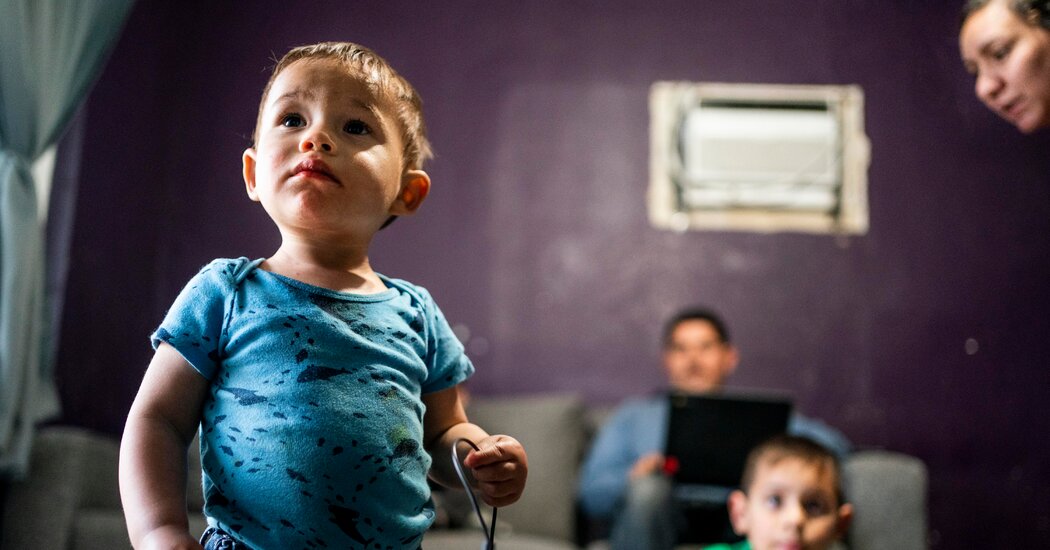Opinion | For a Minute There, It Really Was No Child Left Behind
Biden’s Build Back Better plan would have extended the credit, but it also would’ve done dozens of other things. This made sense as legislative strategy, but it made messaging nearly impossible. To be for or against Build Back Better wasn’t to be for or against the child tax credit or the climate policies or the pre-K policies or the Affordable Care Act expansion or the corporate tax changes or the R&D investments or any of the dozens of other items in the bill. To the extent anything defined the package in the public mind, it was the initial price tag: $3.5 trillion.
This wasn’t some inexplicable messaging error. It’s a product of a broken Senate that now does much of its major legislating through the bizarre budget reconciliation process, the perversions of which I described in an earlier column. Two of those problems afflicted Build Back Better. First, before you can write a reconciliation bill, you need to name the bill’s price tag. “You start the debate in the wrong place,” Sharon Parrott, the president of the Center on Budget and Policy Priorities, told me.
Second, because you can do only one or two reconciliation bills a year, you have to jam together everything you fear the other side will filibuster. Getting voters to pay attention to one policy debate, and hold their representatives accountable on it, is hard enough. Getting them to track six or 12, all of them tossed into one legislative sack, is impossible. This is another way the filibuster has made government more confusing and less accountable.
Then there’s the Manchin-and-Sinema factor. If Democrats had won the 2020 Senate races in North Carolina and Maine, perhaps Build Back Better would have passed. But with a 50-50 Senate, they need a perfectly united caucus to pass anything without Republican votes, and they don’t have one. Senator Joe Manchin, in particular, was the pivotal vote, and the Democrats lost him. Whether they could have won his vote is a counterfactual I can’t convincingly answer.
But those who negotiated with him say Manchin had a particular problem with the child tax credit. He held the view that it gave too much money to poor people who weren’t working, encouraging them to remain unemployed or leave jobs they already had. “I’ve shown him the evidence that countries with higher childhood allowances have higher work force participation rates than our own country, and I’ve not persuaded him,” Bennet said, clearly frustrated.
The moral heart of this shouldn’t be lost. There are ways to make it easier for poor parents to work or, if you must, more painful for them to remain unemployed. Condemning children to poverty shouldn’t be one of them. “There is this fundamental question of when, as a country, we’ll see the humanity in every child,” Parrott said. “Leaving children in deep poverty is an unacceptable thing to do because we don’t trust, or want to punish, their parents.”
Nor is inflation a reason to leave children in poverty. Extending the expanded child tax credit would cost about $100 billion per year for the next few years — less than 0.5 percent of U.S. G.D.P. And it could easily be paired with policies raising taxes or cutting spending elsewhere, making the overall impact on spending nil.
Check out our Latest News and Follow us at Facebook
Original Source

